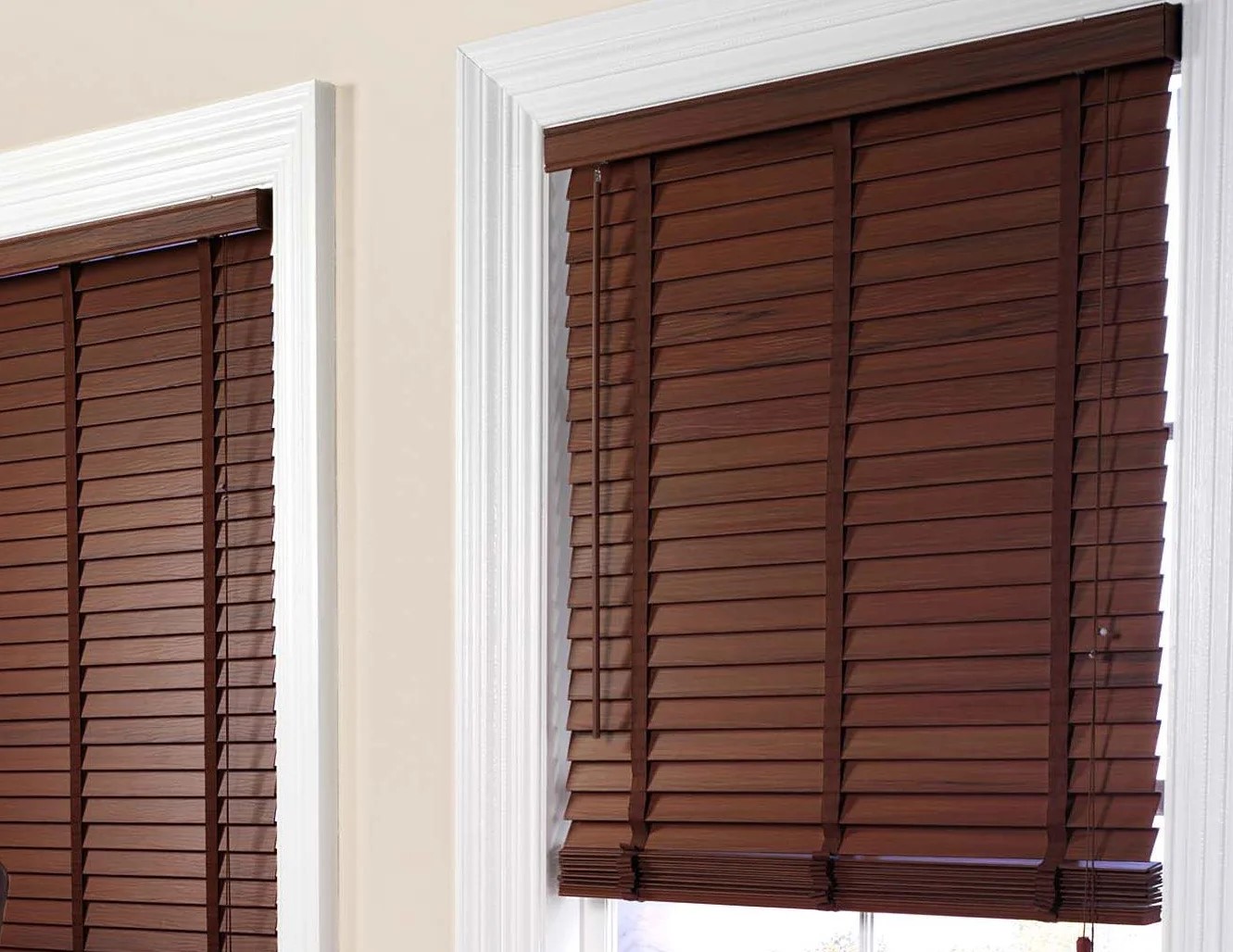

Articles
What Is Faux Wood Blinds?
Modified: August 28, 2024
Discover everything you need to know about faux wood blinds in our informative articles. Explore the benefits, styles, and installation process today!
(Many of the links in this article redirect to a specific reviewed product. Your purchase of these products through affiliate links helps to generate commission for Storables.com, at no extra cost. Learn more)
Introduction
Faux wood blinds are a popular window treatment option that combines the natural look and warmth of real wood with the durability and affordability of synthetic materials. As the name suggests, faux wood blinds are designed to mimic the appearance of real wood blinds, making them a versatile and cost-effective alternative for homeowners.
These blinds are made from a combination of vinyl or PVC (polyvinyl chloride) materials, along with other additives that give them the textured and grainy appearance of real wood. Faux wood blinds are available in a wide range of colors and finishes, allowing homeowners to achieve the desired aesthetic for their spaces.
Not only do faux wood blinds offer the look of real wood, but they also provide several advantages that make them an attractive option for homeowners. In this article, we will explore the definition of faux wood blinds, their advantages over real wood blinds, the differences between the two, maintenance and cleaning tips, as well as some popular brands and styles available in the market.
Key Takeaways:
- Faux wood blinds offer an affordable, durable, and moisture-resistant alternative to real wood blinds, making them a popular choice for homeowners seeking both style and practicality in their window coverings.
- With their ability to mimic the look of real wood, while being more affordable, durable, and moisture resistant, faux wood blinds provide homeowners with an attractive and practical window treatment solution that delivers the look of real wood with added benefits.
Read more: How To Shorten Faux Wood Blinds
Definition of Faux Wood Blinds
Faux wood blinds are window coverings made from synthetic materials that emulate the appearance of real wood. These blinds are typically constructed using a combination of vinyl or PVC, along with other components that give them the texture, color, and grain pattern similar to that of natural wood. The purpose of faux wood blinds is to provide a more affordable and durable alternative to real wood blinds, while still offering the aesthetic appeal and warmth associated with wood.
One of the key features of faux wood blinds is their resistance to moisture and humidity. Unlike real wood blinds that can warp, crack, or discolor when exposed to moisture, faux wood blinds are designed to withstand such conditions without any adverse effects. This makes them particularly suitable for high humidity areas such as bathrooms, kitchens, and basements.
Another defining characteristic of faux wood blinds is their versatility in terms of customization. These blinds are available in a wide range of colors, finishes, and slat widths, allowing homeowners to select the option that best matches their interior décor and personal style. Whether you prefer a classic white, a rich wood tone, or a bold color, there is a faux wood blind option to suit every taste.
In addition to their aesthetic appeal, faux wood blinds are also known for their durability and longevity. The synthetic materials used in their construction are resistant to fading, cracking, and warping, ensuring that the blinds maintain their appearance and functionality for years to come. This durability makes faux wood blinds an excellent investment for homeowners looking for a window treatment solution that will stand the test of time.
Overall, the definition of faux wood blinds encompasses their imitation of real wood, their ability to resist moisture, their customization options, and their durability. By offering the look of real wood at a more affordable price point and with enhanced durability, faux wood blinds have become a popular choice among homeowners seeking both style and practicality in their window coverings.
Advantages of Faux Wood Blinds
Faux wood blinds offer several advantages over real wood blinds, making them a popular choice for homeowners. From affordability and versatility to durability and ease of maintenance, here are some of the key advantages of choosing faux wood blinds:
- Affordability: One of the main advantages of faux wood blinds is their affordability. Faux wood blinds are generally less expensive than real wood blinds, making them a cost-effective option for those on a budget. This lower price point allows homeowners to achieve the look of real wood without breaking the bank.
- Durability: Faux wood blinds are highly durable and can withstand everyday wear and tear. Unlike real wood blinds, they are resistant to warping, cracking, and fading, ensuring that they maintain their appearance and functionality for an extended period of time. This durability makes them a practical choice for high-traffic areas and households with children or pets.
- Moisture Resistance: Faux wood blinds have excellent moisture resistance, making them suitable for use in bathrooms, kitchens, and other humid environments. Unlike real wood blinds, which can be damaged by moisture, faux wood blinds are designed to withstand high humidity without warping or discoloration.
- Versatility: Faux wood blinds are available in a wide range of colors, finishes, and slat widths, allowing for customization to suit any interior style or design preference. Whether you’re looking to create a traditional, rustic, or modern look, there is a faux wood blind option to complement your aesthetic.
- Ease of Maintenance: Cleaning and maintaining faux wood blinds is a breeze. Unlike real wood blinds, which require special care to avoid water damage, faux wood blinds can be easily wiped clean with a damp cloth or dusted with a feather duster. This low-maintenance characteristic makes them a convenient choice for busy homeowners.
- Environmentally Friendly: Faux wood blinds are made from synthetic materials, reducing the demand for harvesting real wood. By choosing faux wood blinds, you are making an environmentally friendly choice that helps conserve natural resources.
Overall, the advantages of faux wood blinds include their affordability, durability, moisture resistance, versatility, ease of maintenance, and eco-friendliness. These blinds provide homeowners with an attractive and practical window treatment solution that delivers the look of real wood with added benefits.
Differences Between Faux Wood Blinds and Real Wood Blinds
While faux wood blinds are designed to mimic the appearance of real wood blinds, there are several notable differences between the two. Understanding these differences can help homeowners make an informed decision when choosing between faux wood blinds and real wood blinds. Here are some key distinctions:
- Material: The most obvious difference between faux wood blinds and real wood blinds is the material used in their construction. Faux wood blinds are made from synthetic materials such as vinyl or PVC, whereas real wood blinds are crafted from natural wood, typically hardwoods like oak, maple, or basswood.
- Moisture Resistance: Faux wood blinds have superior moisture resistance compared to real wood blinds. Real wood is susceptible to warping, cracking, and discoloration when exposed to high humidity or moisture. Faux wood blinds, on the other hand, are designed to withstand these conditions without any adverse effects. This makes faux wood blinds a better choice for bathrooms, kitchens, and other humid areas.
- Aesthetic: While faux wood blinds are made to resemble real wood, there may be subtle differences in their appearance. Real wood blinds have a unique natural grain pattern and variation in color that cannot be perfectly replicated in faux wood blinds. However, advancements in manufacturing techniques have made faux wood blinds incredibly realistic, and from a distance, it can be challenging to distinguish them from real wood blinds.
- Price: Faux wood blinds are typically more affordable than real wood blinds. Real wood blinds require the use of high-quality hardwood materials, making them more expensive. Faux wood blinds, being made from synthetics, can offer a similar aesthetic at a lower price point, making them a budget-friendly option for homeowners.
- Weight: Real wood blinds tend to be heavier than faux wood blinds due to the natural weight of the wood. This can make real wood blinds more difficult to lift and lower compared to their faux wood counterparts. Faux wood blinds, being lighter in weight, offer smoother and easier operation.
- Longevity: Real wood blinds, when properly cared for, can last for many years. They can be refinished or restained to extend their lifespan. Faux wood blinds, on the other hand, are more resistant to wear and tear and require less maintenance. They are less prone to scratches, fading, and damage, making them a durable option for long-term use.
It is important to consider these differences when choosing between faux wood blinds and real wood blinds. Factors such as budget, location, desired aesthetic, and maintenance requirements should all be taken into account to make an informed decision that best suits your needs and preferences.
When cleaning faux wood blinds, use a microfiber cloth or a vacuum with a brush attachment to remove dust and debris. Avoid using harsh chemicals or abrasive cleaners to prevent damage to the material.
Maintenance and Cleaning of Faux Wood Blinds
Faux wood blinds are known for their durability and easy maintenance. With a few simple steps, you can keep your faux wood blinds looking clean and fresh. Here are some tips for maintaining and cleaning your faux wood blinds:
- Dust Regularly: Dusting your faux wood blinds regularly helps prevent the buildup of dirt and allergens. You can use a feather duster, a microfiber cloth, or a soft brush attachment on your vacuum cleaner to gently remove dust from the slats. Start from the top and work your way down, making sure to reach both sides of the blinds.
- Spot Cleaning: If you notice any spills or stains on your faux wood blinds, it is important to address them promptly. Use a mild detergent or a mixture of water and vinegar on a soft cloth to gently clean the affected area. Avoid using harsh chemicals or abrasive cleaners, as they can damage the surface of the blinds.
- Deep Cleaning: Occasionally, your faux wood blinds may require a more thorough cleaning. The best way to deep clean them is by removing them from the window and placing them in a bathtub filled with warm water and a small amount of mild detergent. Allow the blinds to soak for a few minutes, then gently scrub them with a soft brush or sponge. Rinse the blinds thoroughly with clean water and hang them to dry before reinstalling.
- Preventing Warping: Faux wood blinds are designed to be moisture resistant, but excessive exposure to water can still cause warping. To prevent warping, avoid spraying water directly on the blinds when cleaning them. Instead, dampen a cloth or sponge with water and gently wipe the blinds. If you live in a humid environment, consider using a dehumidifier to reduce moisture levels in the room.
- Adjusting and Aligning: Over time, your faux wood blinds may become misaligned or require adjustments. If the blinds are not closing properly or are hanging unevenly, you can use the tilt rod or wand to adjust the slats. Alternatively, you can use a screwdriver to make minor adjustments to the brackets or hinges to ensure proper alignment.
- Preventing Dust Buildup: To minimize dust accumulation on your faux wood blinds, you can use anti-static sprays or dryer sheets. Simply spray a small amount onto a cloth or run a dryer sheet along the slats to reduce static electricity and prevent dust from settling on the blinds.
By following these maintenance and cleaning tips, you can keep your faux wood blinds in excellent condition for years to come. Remember to always refer to the manufacturer’s instructions for specific care guidelines, as different brands may have slightly different maintenance requirements.
Popular Brands and Styles of Faux Wood Blinds
When it comes to choosing faux wood blinds for your home, there are many reputable brands that offer a wide variety of styles and options. Here are some popular brands and styles of faux wood blinds:
- Graber: Graber is a well-known brand that offers a wide range of faux wood blind options. They provide customizable options in terms of slat size, color, and finish. Graber faux wood blinds are known for their durability, easy maintenance, and timeless appeal.
- Bali: Bali is another popular brand that offers high-quality faux wood blinds. They offer a range of styles, including classic 2-inch slat blinds, as well as wider slat options for a modern look. Bali faux wood blinds are known for their durability, moisture resistance, and affordability.
- Levolor: Levolor is a trusted brand that provides a wide selection of faux wood blinds. They offer various slat sizes and finishes, allowing for customization to suit any interior style. Levolor faux wood blinds are known for their high-quality construction, precise light control, and easy installation.
- Hunter Douglas: Hunter Douglas is a renowned brand known for their innovative window treatments, including faux wood blinds. Their faux wood blinds offer a luxurious and realistic woodgrain appearance, along with advanced features such as motorization and light control options.
- Allen + Roth: Allen + Roth is a brand that offers stylish and affordable faux wood blinds. They offer a range of colors and finishes to match any décor, and their blinds come with durable construction and easy installation features.
When it comes to styles of faux wood blinds, the most popular option is the classic 2-inch slat size. This size provides a timeless look that works well in various interior styles. However, wider slat sizes, such as 2.5 or 3 inches, are also gaining popularity for a more modern and impactful aesthetic. Additionally, faux wood blinds are available in a variety of colors and finishes, including whites, neutrals, and wood tones, allowing homeowners to choose the option that best suits their individual preferences.
Other popular styles of faux wood blinds include cordless blinds, which offer a clean and streamlined look, and motorized blinds, which provide convenient operation and enhanced light control. Some brands also offer faux wood blinds with added features such as UV protection and insulation properties, providing additional benefits for energy efficiency and protection from harmful sun rays.
Ultimately, the choice of brand and style of faux wood blinds will depend on your specific needs, budget, and design preferences. It is recommended to explore different brands, read customer reviews, and view samples to find the perfect faux wood blinds for your home.
Conclusion
Faux wood blinds offer an attractive and practical window treatment solution for homeowners. With their ability to mimic the look of real wood, while being more affordable, durable, and moisture resistant, faux wood blinds have become a popular choice in many households.
The affordability of faux wood blinds allows homeowners to achieve the look of real wood without breaking the bank. This makes them a budget-friendly option for those who want to transform their living spaces without compromising on style. Additionally, faux wood blinds are highly durable and require less maintenance compared to real wood blinds. They are resistant to warping, cracking, and fading, ensuring that they maintain their appearance and functionality for years to come. This durability makes them a practical choice for high-traffic areas and households with children or pets.
The moisture resistance of faux wood blinds is another advantage that makes them suitable for use in bathrooms, kitchens, and other humid environments. Unlike real wood blinds, faux wood blinds are designed to withstand high humidity without warping or discoloration. This makes them a reliable and long-lasting option for areas prone to moisture.
With a wide variety of colors, finishes, and slat widths available, faux wood blinds offer versatility in terms of customization. Homeowners can choose from classic whites, rich wood tones, or bold colors to match their interior decor and personal style. This flexibility allows for endless possibilities in enhancing the aesthetic appeal of any space.
Maintaining and cleaning faux wood blinds is relatively easy, making them a convenient choice for busy homeowners. Regular dusting and spot cleaning can keep the blinds looking clean and fresh, while occasional deep cleaning ensures their longevity. The low-maintenance nature of faux wood blinds frees up time and effort for other household tasks.
Popular brands such as Graber, Bali, Levolor, Hunter Douglas, and Allen + Roth offer a wide range of faux wood blind options to suit different preferences and budgets. Whether you prefer classic 2-inch slats or wider slat sizes, cordless or motorized operation, there is a faux wood blind style available to meet your needs.
In conclusion, faux wood blinds provide an affordable, durable, and moisture-resistant alternative to real wood blinds. Their versatility, ease of maintenance, and wide availability make them a popular choice among homeowners. By considering the advantages, differences, maintenance tips, and popular brands and styles of faux wood blinds, you can confidently select the perfect window treatment option to elevate the style and functionality of your home.
Frequently Asked Questions about What Is Faux Wood Blinds?
Was this page helpful?
At Storables.com, we guarantee accurate and reliable information. Our content, validated by Expert Board Contributors, is crafted following stringent Editorial Policies. We're committed to providing you with well-researched, expert-backed insights for all your informational needs.

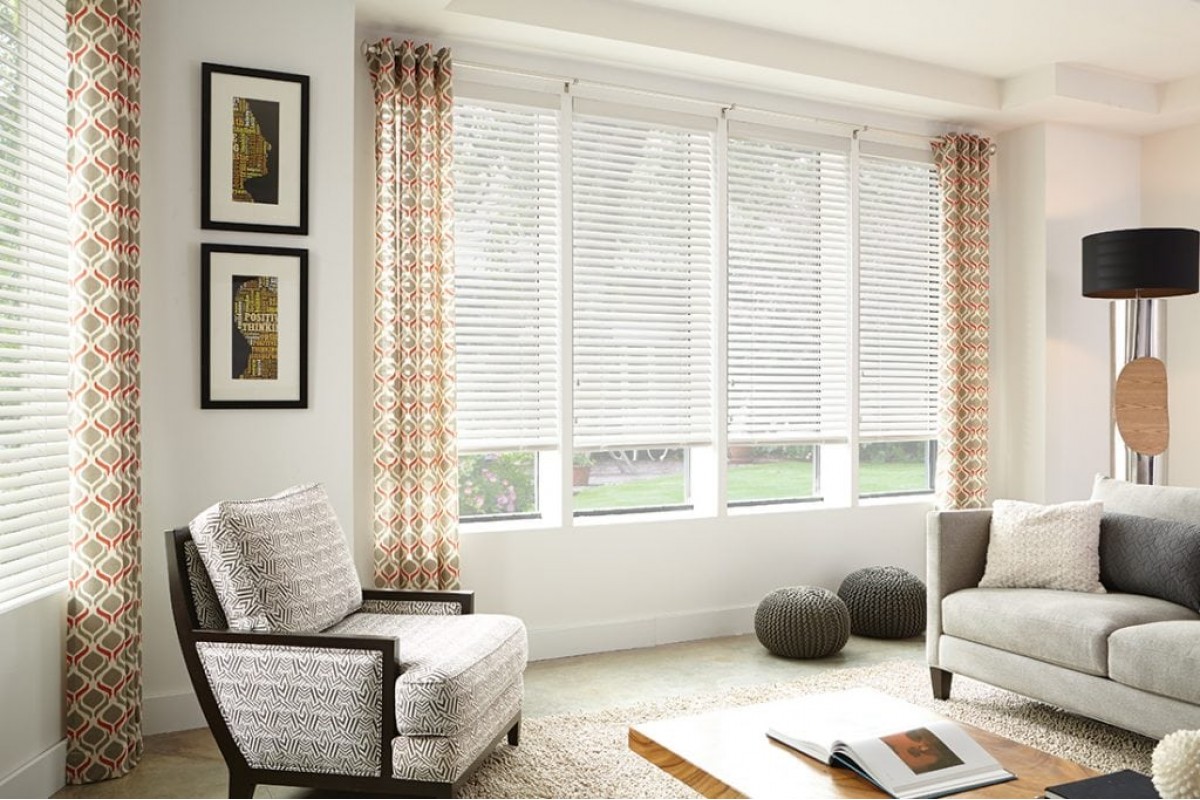
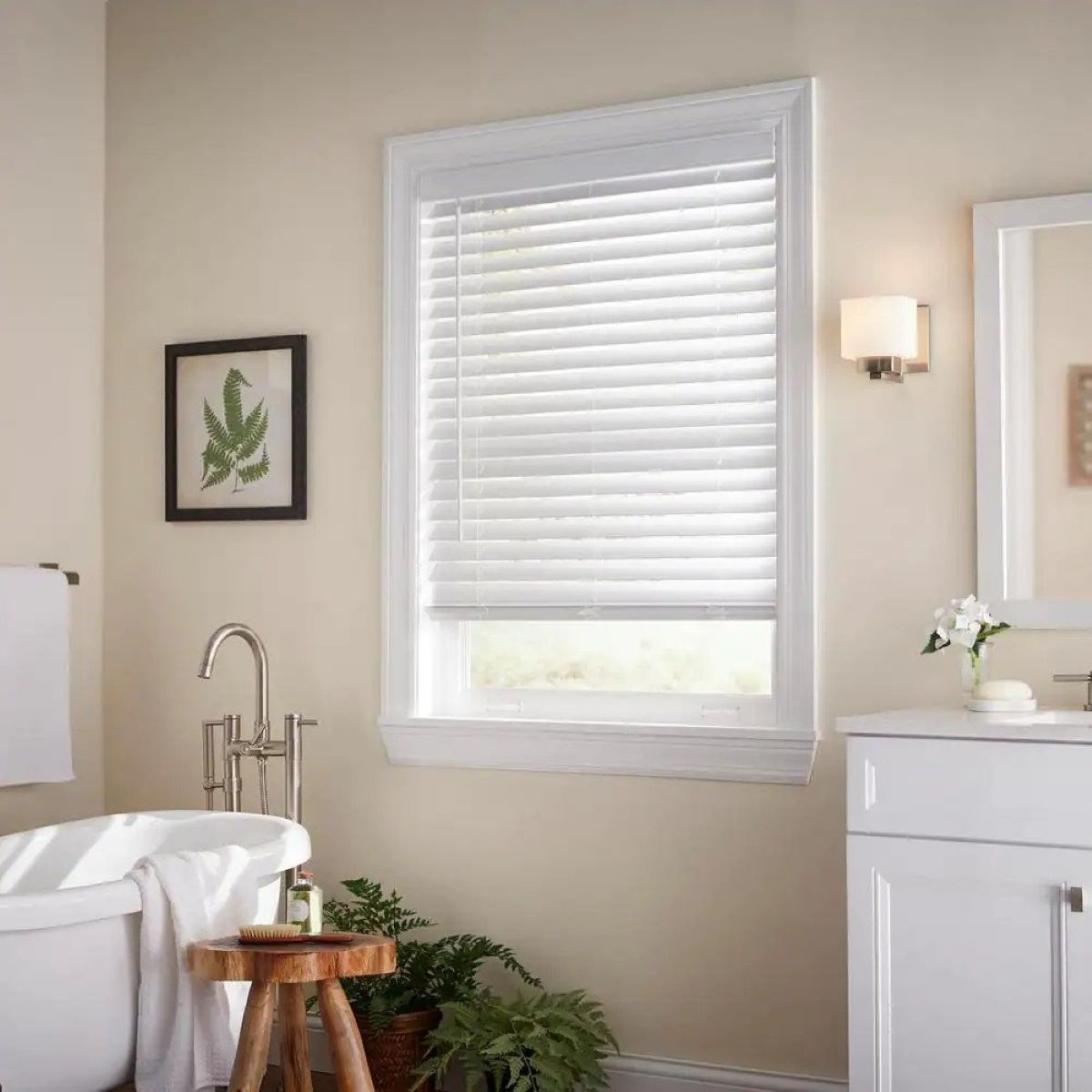
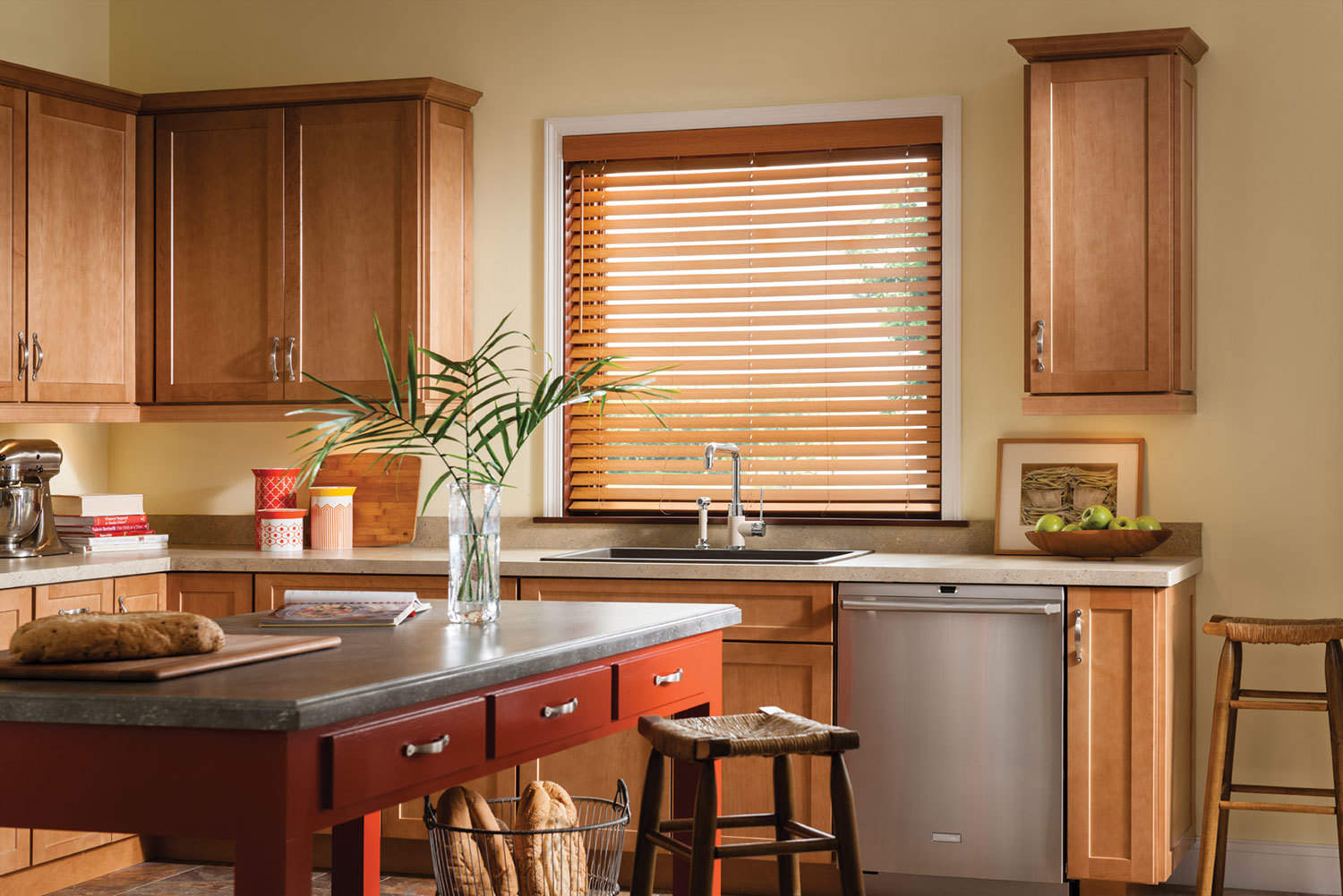
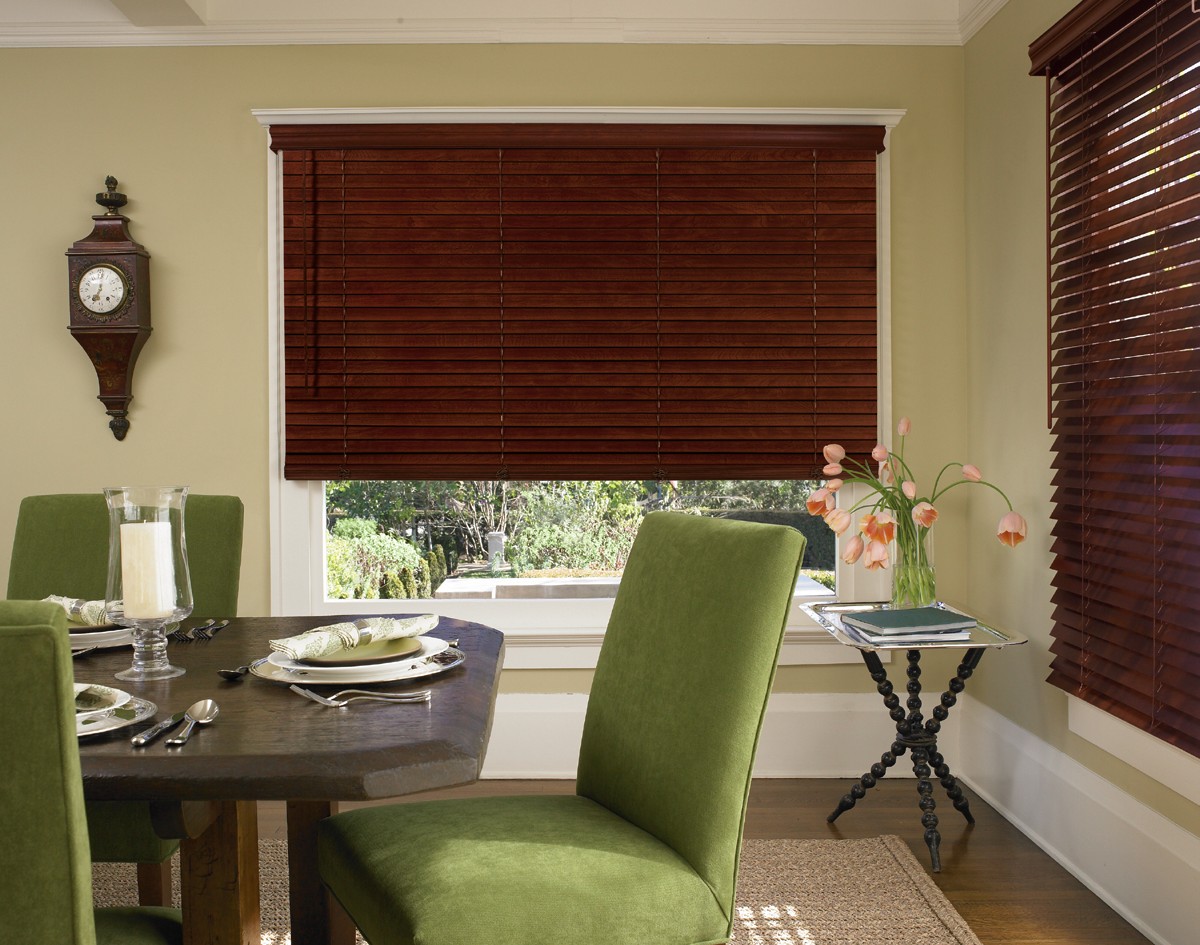
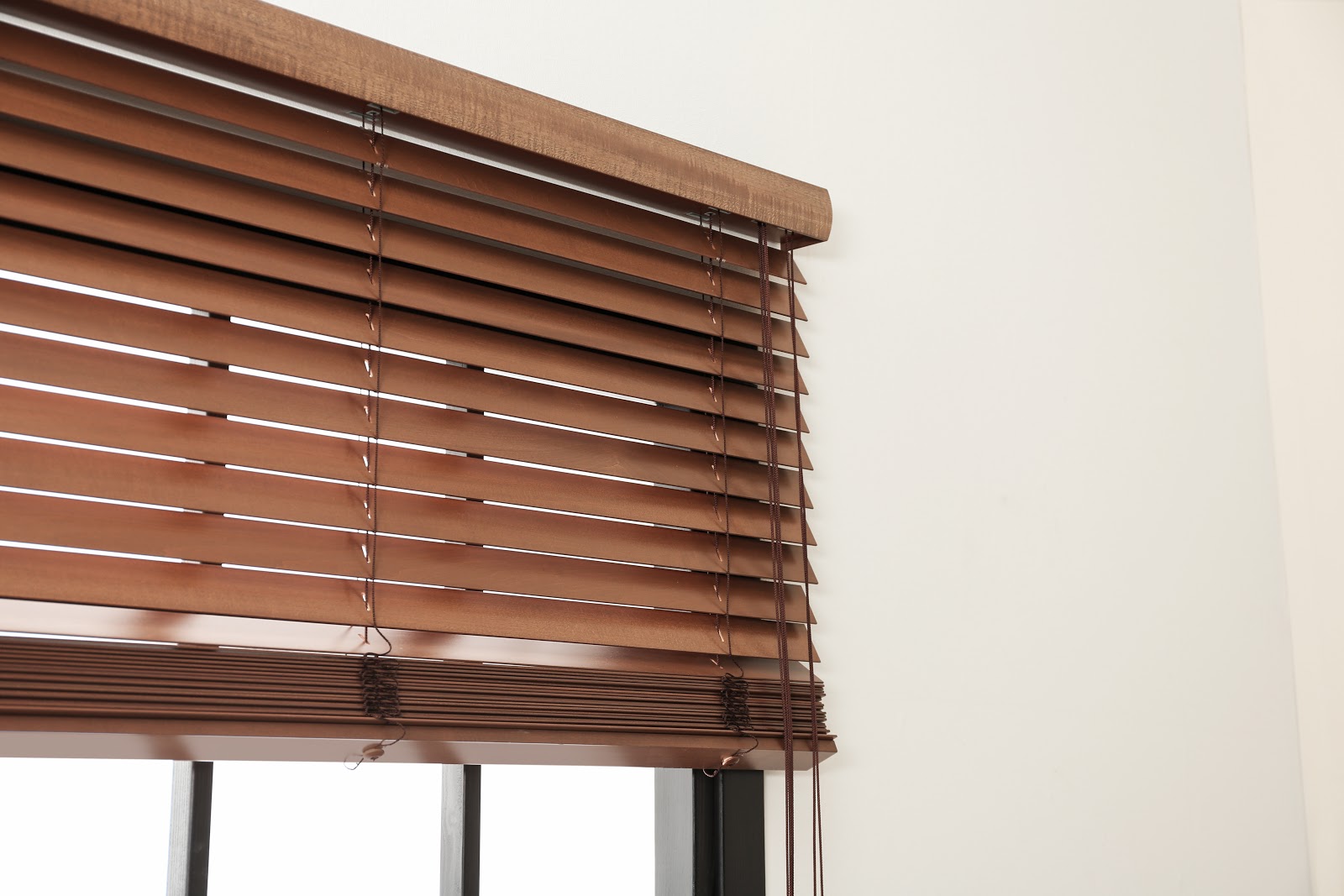
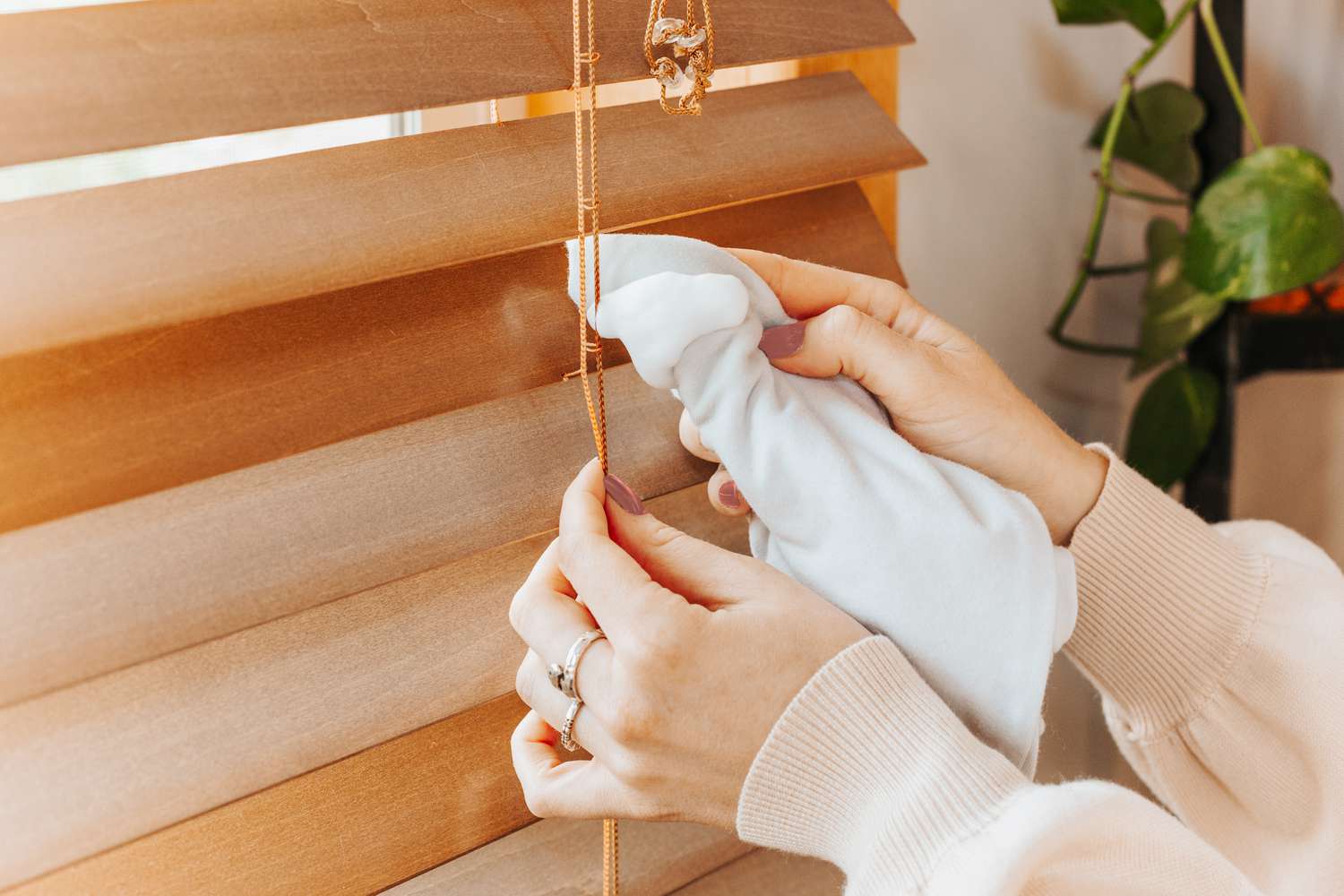
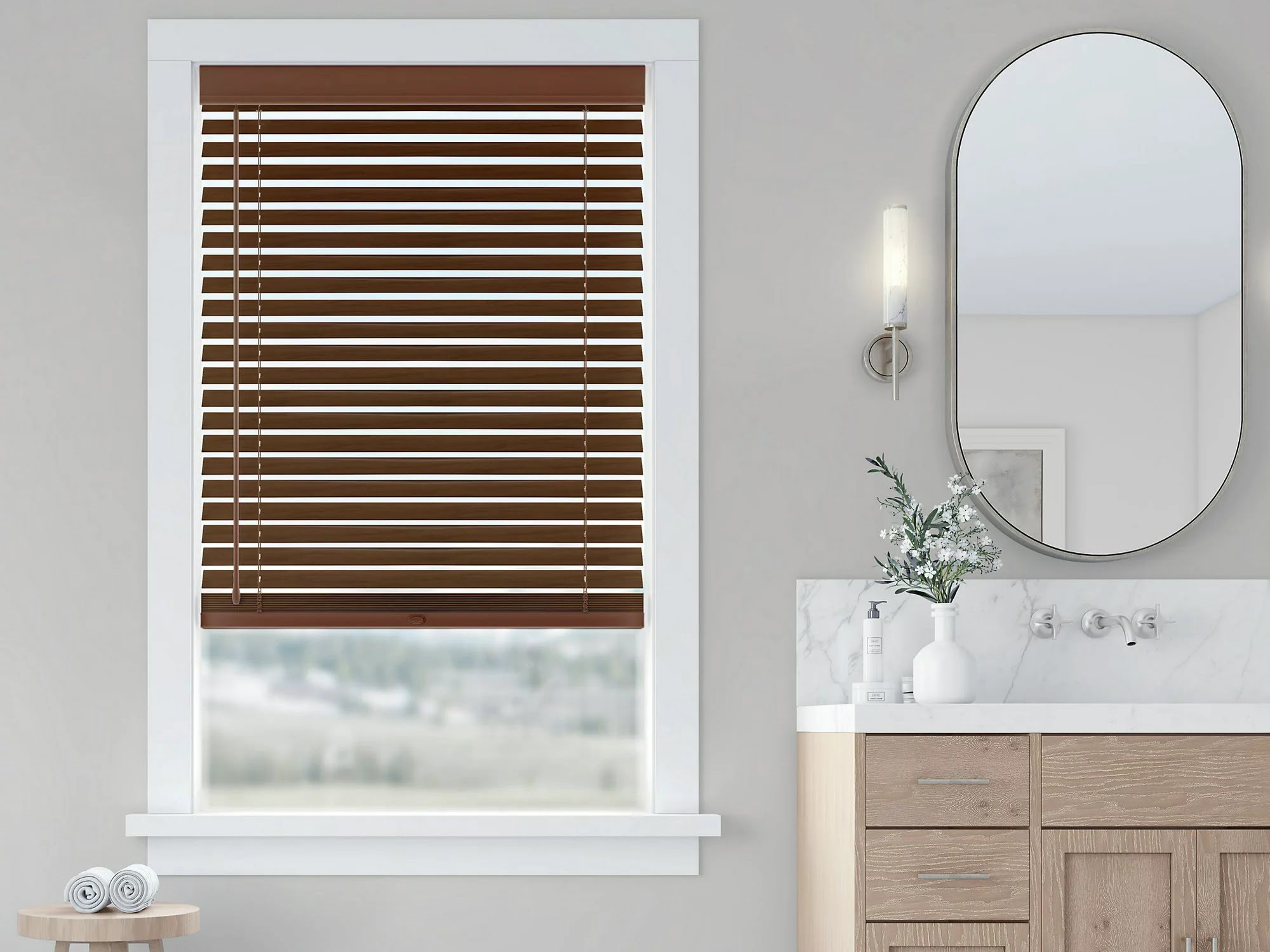
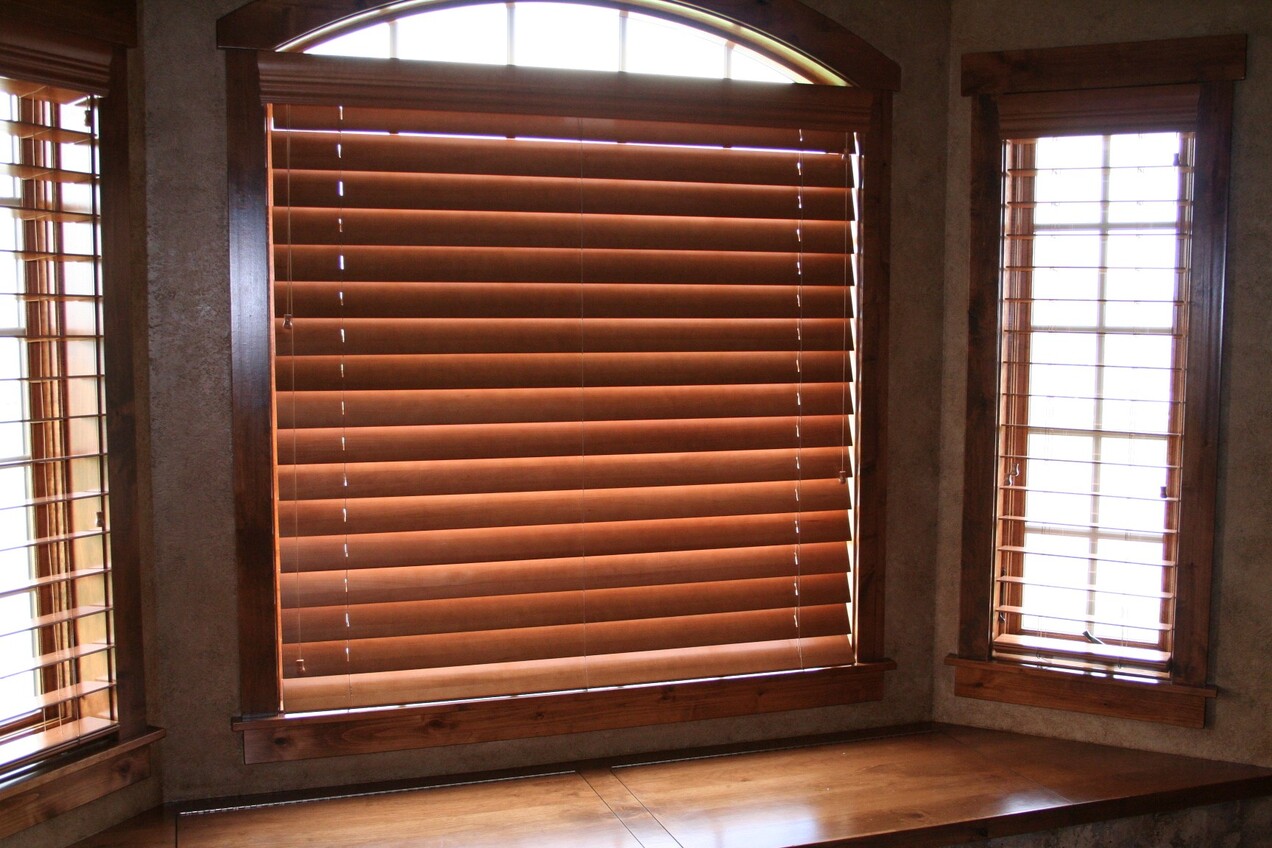

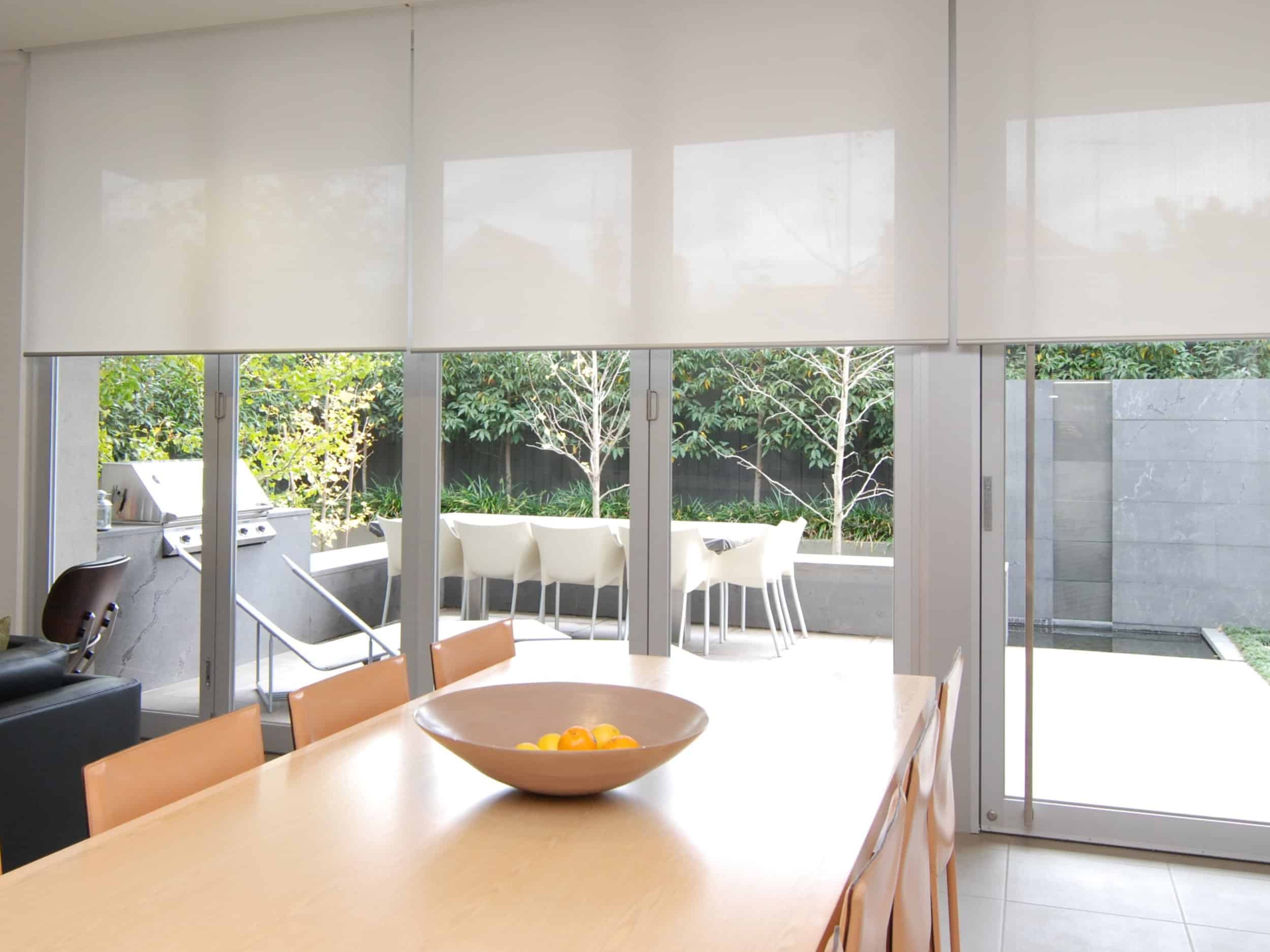
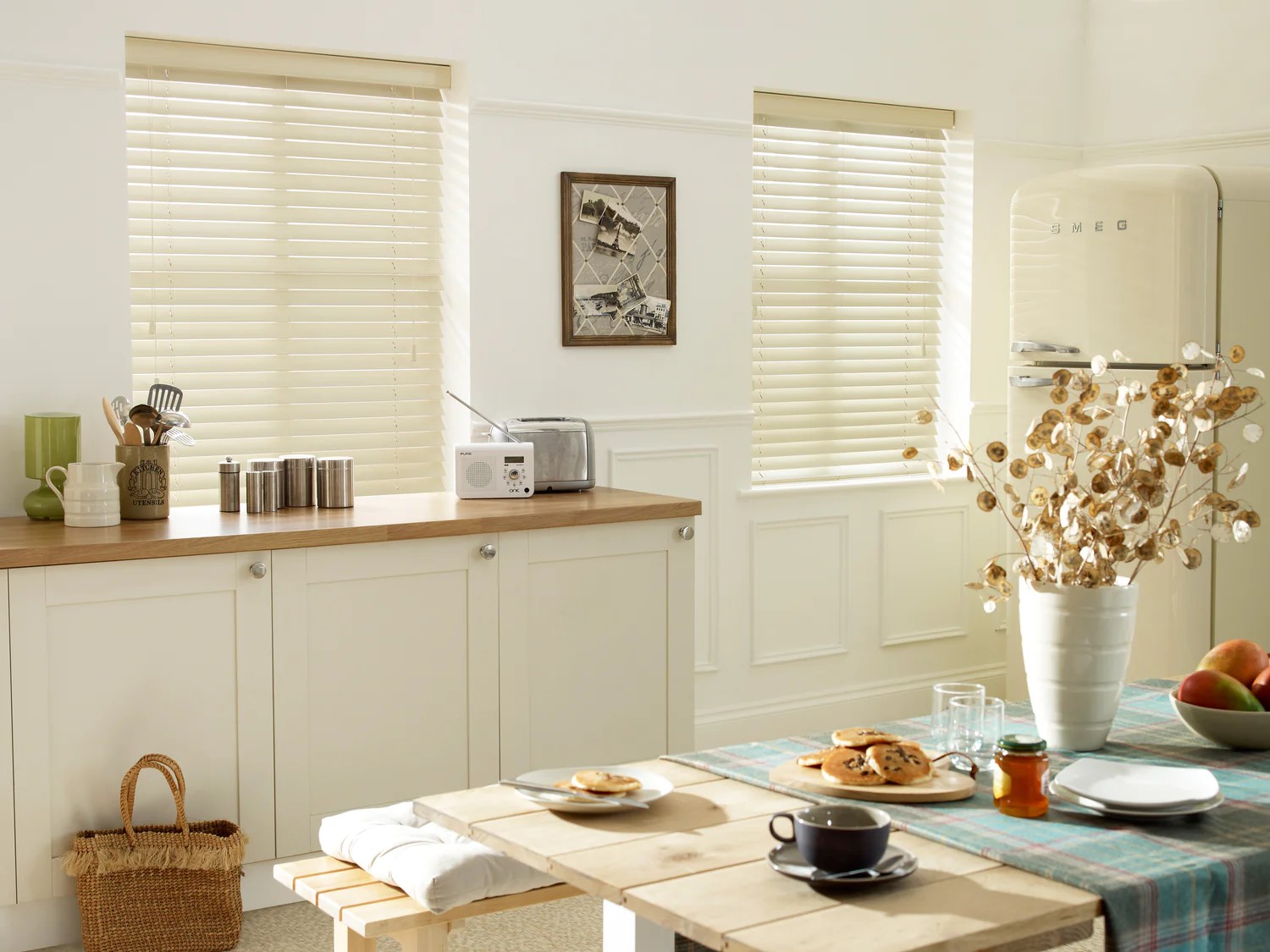

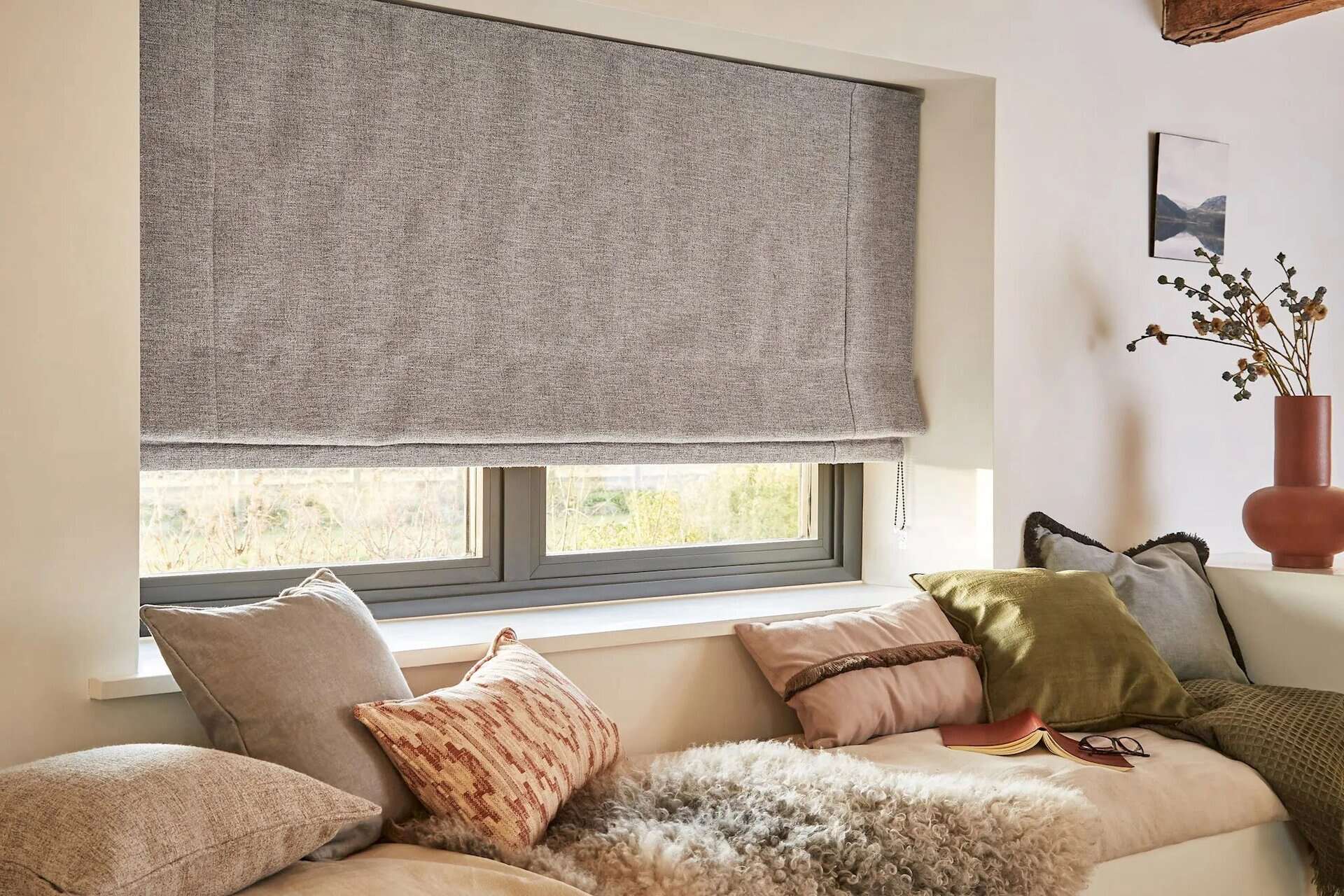

0 thoughts on “What Is Faux Wood Blinds?”